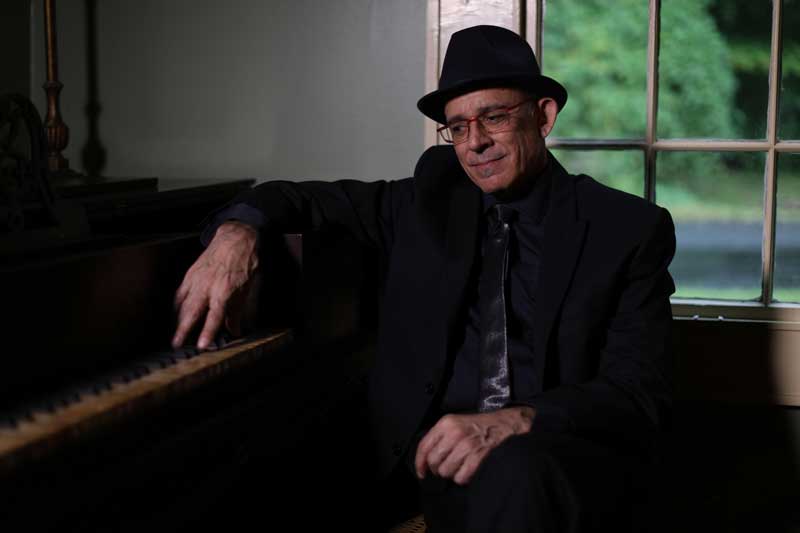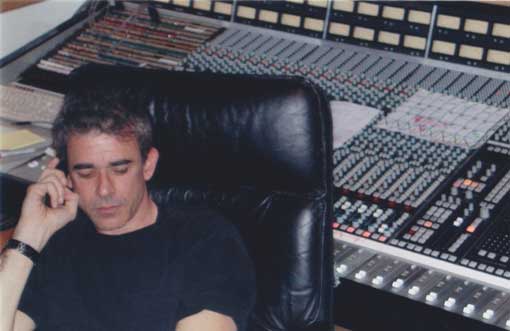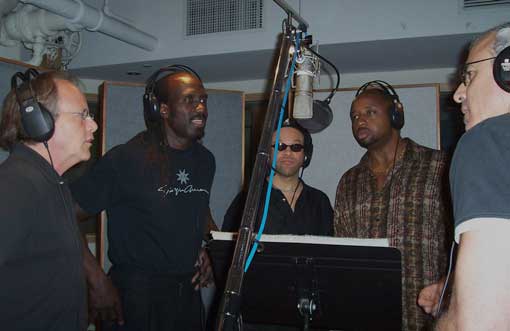When I was in my 20s and trying to woo the record labels into an artist deal for myself, I presented them with a repertoire so varied in style, that they were able to see very little marketing viability. Or, to quote Frank Zappa, “no commercial potential.” So, with compliments, they all passed. It was that very musical schizophrenia that was my ace-in-the-hole when it came down to writing and producing TV commercials. If they needed to be rock, country & western, folk, jazz, classical, world music…I was there. I loved it all and was only too willing to delve headfirst into each and every genre.
It took a few minutes for Dwight Yoakam to realize that a rousing, yet credible country track could actually be recorded in New York City. After returning to NY to mix the tracks that we had just recorded in New Orleans, I had to add about 15 “ST”s at the ends of each of Aaron Neville’s pronunciations of “tay,” to attain the client-preferred, “taste.” I informed a certain agency producer that although I agreed that the mid-song chord modulation (an oft used device for the added heart-string tug) was indeed effective, we still could not “start the song with the modulation,” for what I’d (mistakenly) assumed were obvious reasons.
I worked at Crushing Enterprises in NYC with some brilliant writers including, Joey Levine, the mastermind of Crushing, who had already established his sui generis place in pop music culture and Robin Batteau, without whose compositions for Chevrolet, (Heartbeat of America), AT&T, and McDonalds, to name just a few, would have reduced my workload considerably. That workload, would often consist of 12-15 hour days, each of which might include two or even three full recording sessions. And which, prior to digital technology, meant human bodies gathered in a room…and lots of ’em!
I was treated to the genius of some of the greatest singers known to music, both heralded and unheralded. (I wrote
in-depth about this subject in an essay which can be found in a book called, “The Black Body,” published by Seven Stories
Press and available through Amazon, among others. The essay in the book is called, “The Right Side of the Dial.”)
I’m not sure to what extent my jingle years affected my later songwriting. What I do know, is that after 18 years of constructing songs around a catchy hook (“don’t bore us, get to the chorus,) I have noticeably few repeating refrains in my songs! To decide whether or not this is a subconscious fallout would likely take a qualified psychoanalyst.
When I started making records later on, I was encouraged to downplay this particular segment of my history as there was, at the time, a stigma attached to it. But truthfully, I am as proud of my time spent in those studios as anything I’ve ever done and I’m more than willing to speak of it with any and all.

For All Inquiries
Sandy Goldfarb
12741 Pacific Ave, #8
Los Angeles, CA 90066
(310) 391-3139
(310) 386-4449 cell
Booking:
jim@flemingartists.com
(734) 709-2015


